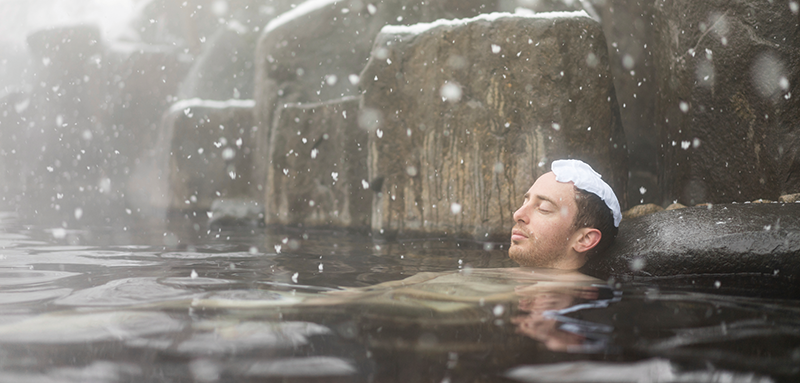The Snow Country Tourism Zone is a treasure trove of Japanese culture! Whether it be for one-of-a-kind culinary experiences, world-renowned crafts, or to learn about the earliest Japanese civilizations, here are 6 reasons why you should make YUKIGUNI your next destination in Japan!
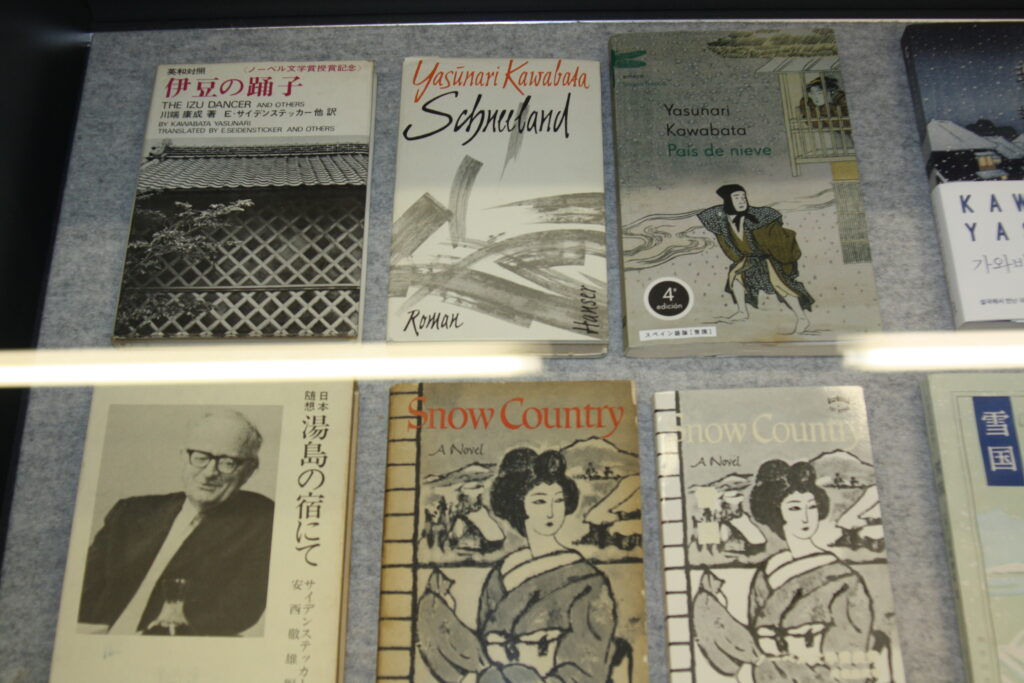
See where your favorite Japanese novels were written, and what inspired them
Throughout Japanese history, hot spring towns (like the ones that make up Snow Country) have been visited by people looking to get away from the hustle and bustle, including artists and writers wanting to work in peace and quiet. There are many anecdotes of famous novelists staying at these YUKIGUNI onsen and gaining newfound inspiration during their time here.
In 1934, the novelist Yasunari Kawabata came to the town of Yuzawa for the first time. During his repeated stays at the Takahan Inn, he was inspired to create the world of the novel “Snow Country,” for which he later received the Nobel Prize in 1968. This novel includes geography known to many travelers, including the famous Shimizu Tunnel described in the opening passage. Even characters such as the geisha Komako were based on real people that Kawabata met during his time here.
Later, in 1975, a columnist for the New York Times visited Yuzawa, and remarked on how much of the culture remained the same- people walking from rooftop to rooftop clearing snow, relaxing in the onsen, and of course, geisha, including the one who was the inspiration for Komako herself! Even now, people still come visit Takahan and the Yukigunikan Museum to learn all about Kawabata, and to see what he saw back then.
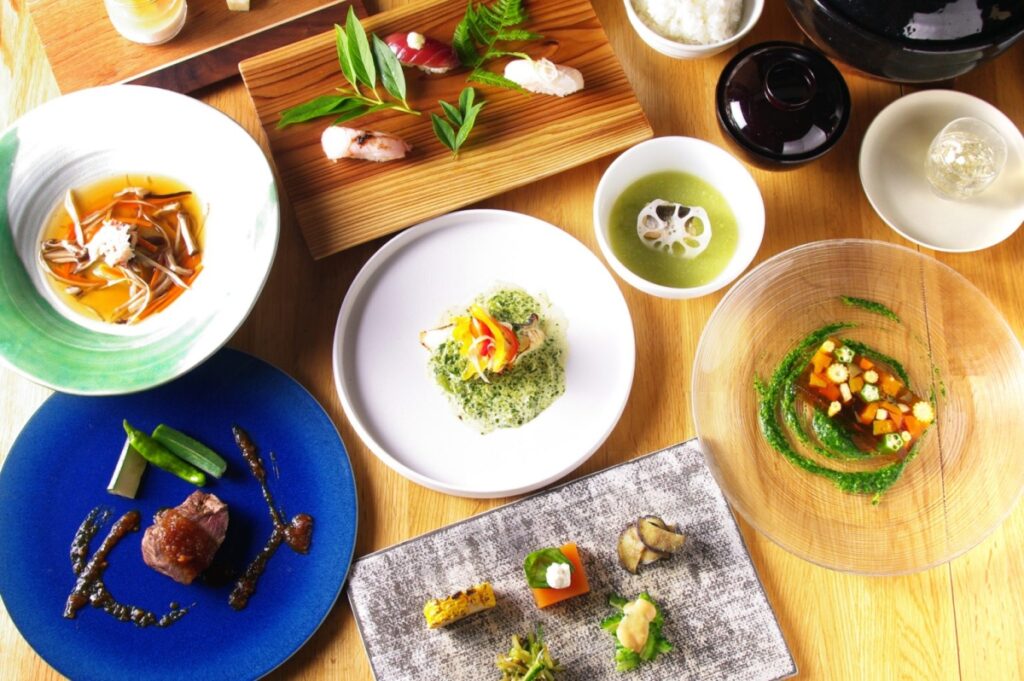
Experience the highest quality food and drink Japan has to offer!
Due to its unique climate, the Snow Country area also spawned a unique regional cuisine that has continued to evolve. During times of deep winter when nothing would grow, the people here created many innovations in pickled or preserved food, known in Japanese as “Hozonshoku.” It is thought to be due to pickled foods that people in Japan tend to be healthier and live longer lives than many other places in the world.
So what sort of Japanese foods get pickled? Unlike in the West, Japan pickles include far more than just cucumbers: mountain vegetables like warabi (bracken) are pickled, as are eggplants and gourds. Even spaghetti squash, which was originally brought over from America, is now made into Japanese tsukemono. More recently, one can expect to find pickled meats and cheeses, and even pickled sweets!
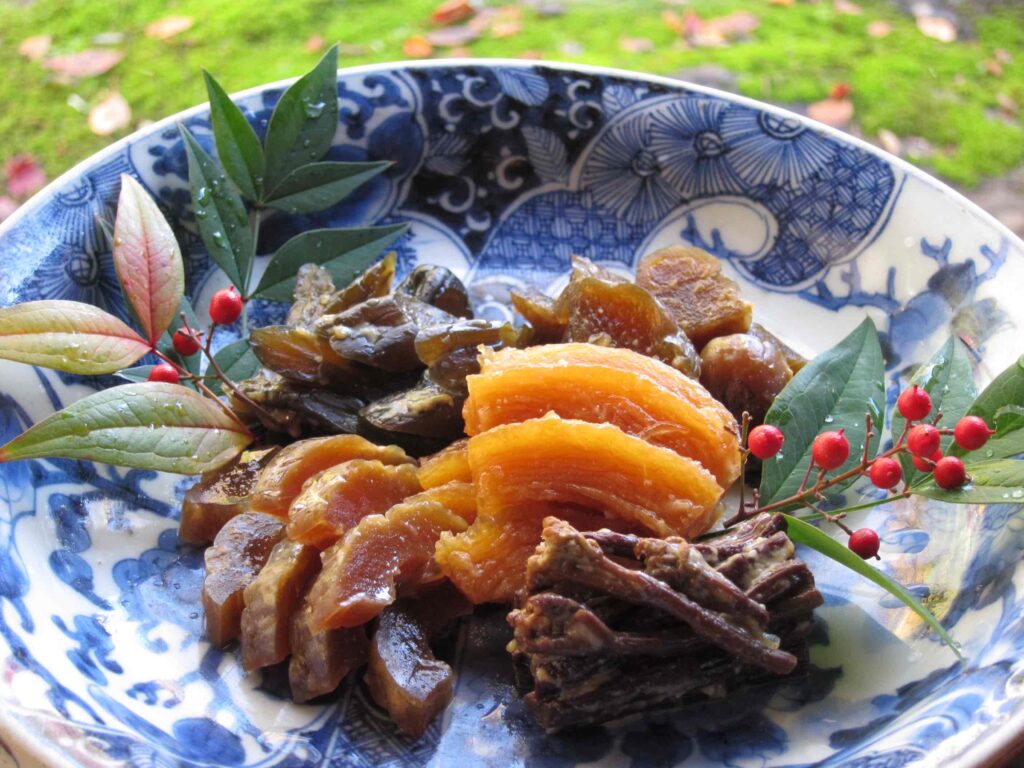
A common pickled food in YUKIGUNI are pickled turnips called “nozawana.” They feature prominently in home-cooked dishes like kirizai-don, a rice bowl made entirely of pickled ingredients often served at local establishments and promoted as part of the region’s “Majidon” campaign. The resort Sakae Club Ski serve unlimited nozawana for free at their spacious restaurant. These nozawana are pickled by the staff themselves, preserved with salt and togarashi pepper, and make a tangy and crunchy snack that is a great complement to their other dishes, which you can sample while taking a break from the slopes!
Most notably, the Minamiuonuma eco-lodge Satoyama Jujo has achieved a sought after Michelin star for their healthy vegetarian friendly cuisine. The chefs at Satoyama Jujo grow and pickle many of their own ingredients themselves. They also utilize traditional storage techniques, such as the usage of a yukimuro, a snow refrigerator that uses stored snow instead of electricity. Other eco-lodges known for traditional food preparation methods include Syoubun in Minakami and Ryugon in Minamiuonuma. Ryugon’s menu includes a wide variety of proteins such as wagyu beef and sweetfish, but also local produce that has been stored in a yukimuro. Syoubun hand-make many of their pickles, such as sansai pickled in salt and served in their special winter nabe stew.
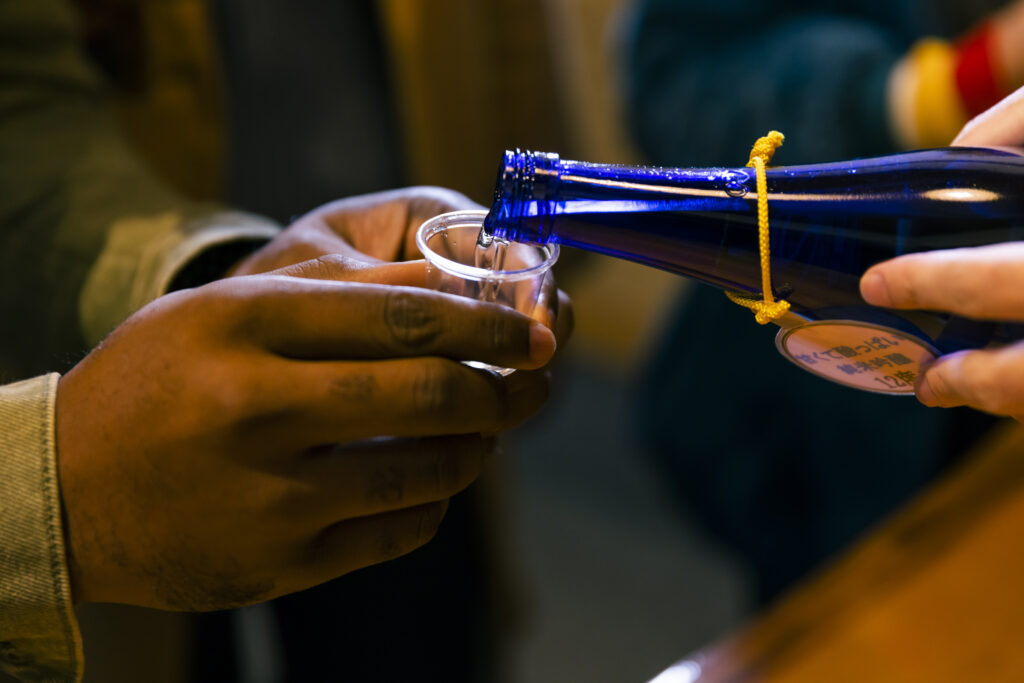
Of course, any good Japanese dish tastes even better with some fresh sake! Niigata prefecture in Snow Country has the most sake breweries of any prefecture in Japan, and some, like Aoki Shuzo, have been family owned for centuries! While visiting you can take a trip to a sake theme park like Hakkaisan’s Uonuma no Sato, or enjoy a tasting and go on a shopping spree at the Echigo Sake Museum, conveniently located inside the Yuzawa bullet train station!
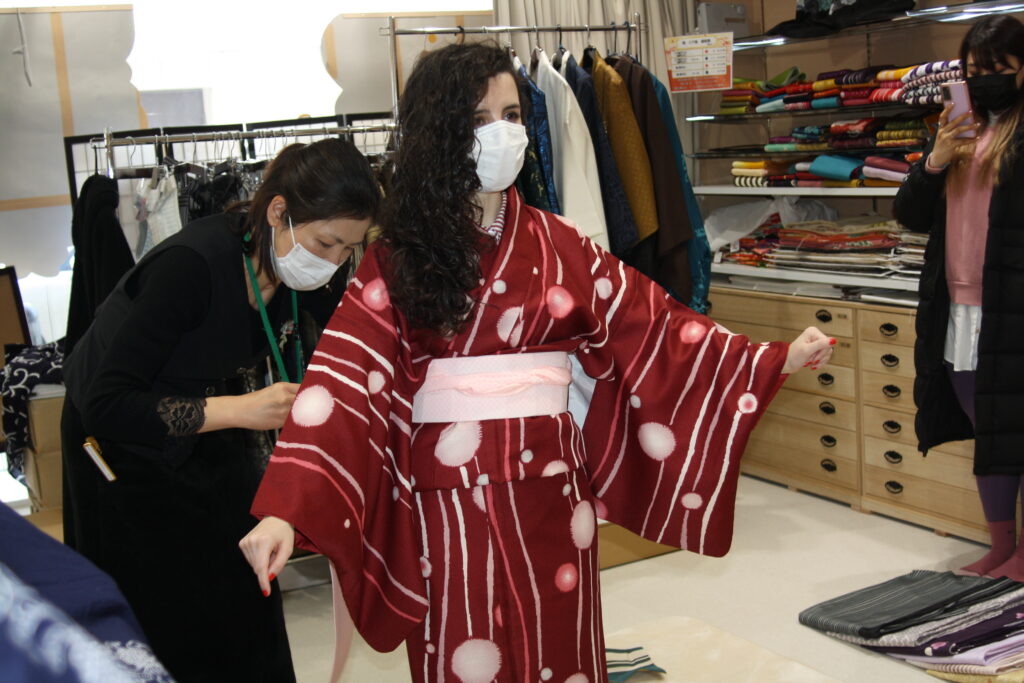
See (and try on!) world-renowned crafts
The area around YUKIGUNI is sometimes known as the breadbasket of Japan, with a majority of the country’s agricultural output. However, farming was obviously impossible in winter. This was when farmers raised silkworms and the farmer’s wives wove top quality kimono. This special variety of textile, called “Echigo Jofu,” has been made exclusively in Niigata for over 1,000 years.
Garments such as kimono which are made from Echigo Jofu are highly prized for their beauty as well as durability, and were sometimes given to esteemed courtiers as a personal gift from the Japanese emperor himself. Merchants would travel from far and wide to purchase the prized textiles, and one of the primary markets for Echigo Jofu was located in Shiozawa, which is now a part of Minamiuonuma City. There are still some local makers of Echigo Jofu for whom knowledge and skill of this craft has been passed down from generation to generation, and kimonos made with Echigo Jofu still fetch a high price.
Some of the unique techniques employed to make Snow Country kimono include a process called “Yukisarashi.” Beginning in February, the cloth is brought outside into the snow and undergoes a natural bleaching process that gives the fiber its trademark snow white color. Because lye or other chemicals are not used, the fabric stays strong, and the color intensity lasts longer than other fabric, and is less likely to yellow as it ages. There is also a process called satogaeri, where old Jofu cloth is brought back to the snowy fields here, and once again undergoes the snow-bleaching process. This revives the cloth and gives it its signature vibrant color once again. Echigo Jofu was finally registered as UNESCO Intangible Cultural Heritage in 2009.
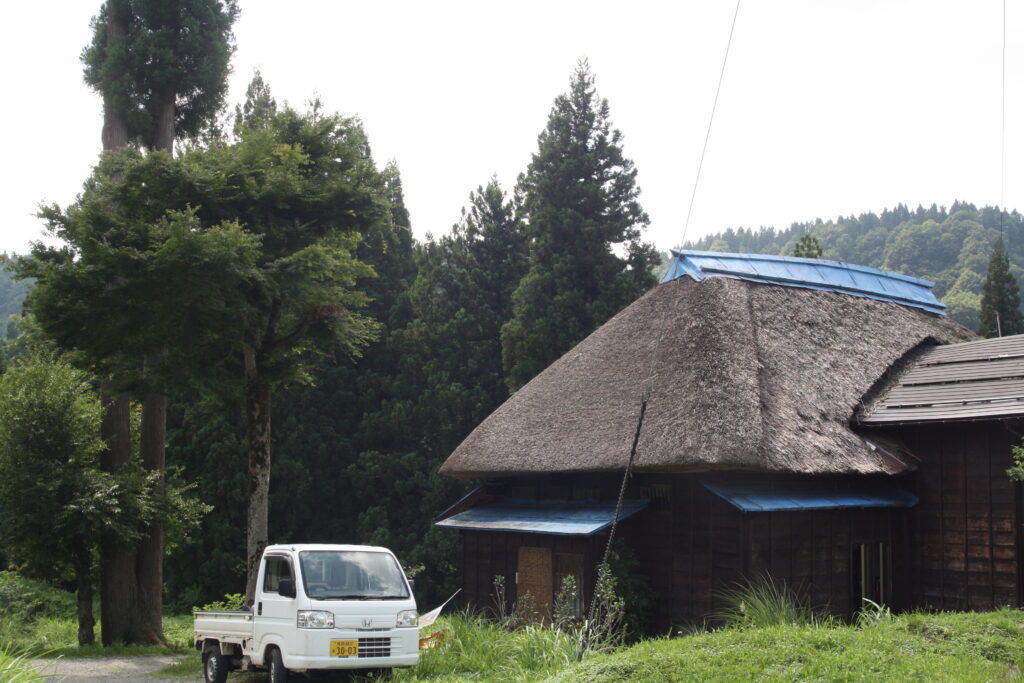
These days, many of these farmer’s houses, called kominka, have also received recognition for their craftsmanship. While made out of wood, these sturdy buildings still stand against snow and earthquakes centuries later. A hallmark of these homes were their raised floors and irori, or fire pit, where families gathered, ate, and kept warm during winter. Some of these kominka houses have been repurposed into unique accommodation, or even made into spectacular works of art courtesy of the Echigo-Tsumari Art Triennale.
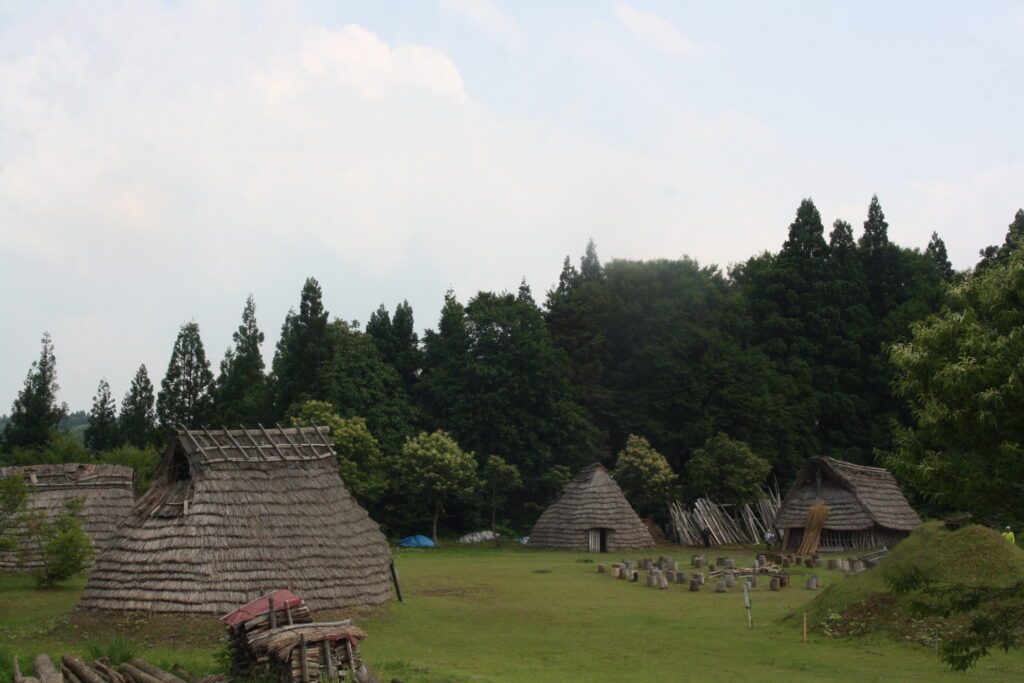
See the remains of the earliest Japanese civilizations
Although many of the towns that make up the Snow Country Tourism Zone are considered small by the standards of Tokyo or Osaka, it is in fact exceedingly rare to find so many people living in a place with so much snow. Snow Country is located at 37 degrees north latitude, but it is a world apart from other cities at the same latitude such as Lisbon, Sicily, Athens, and San Francisco. In other words, both the climate and culture of YUKIGUNI is wholly unique.
-1024x626.jpg)
When discussing how people co-exist with snow in Snow Country, we should begin with the first societies that lived here- indeed, the first societies that existed in all of Japan! The Jomon peoples lived in Japan approximately as far back as 12,000 BC, and their culture continued uninterrupted in relative peace and prosperity for over 10,000 years! The Jomon were known for being a largely egalitarian society that managed to coexist with the natural world around them, something unheard of for much of this world’s history. The Snow Country area in particular has so many Jomon ruins that it is sometimes called “Jomon Ginza.”
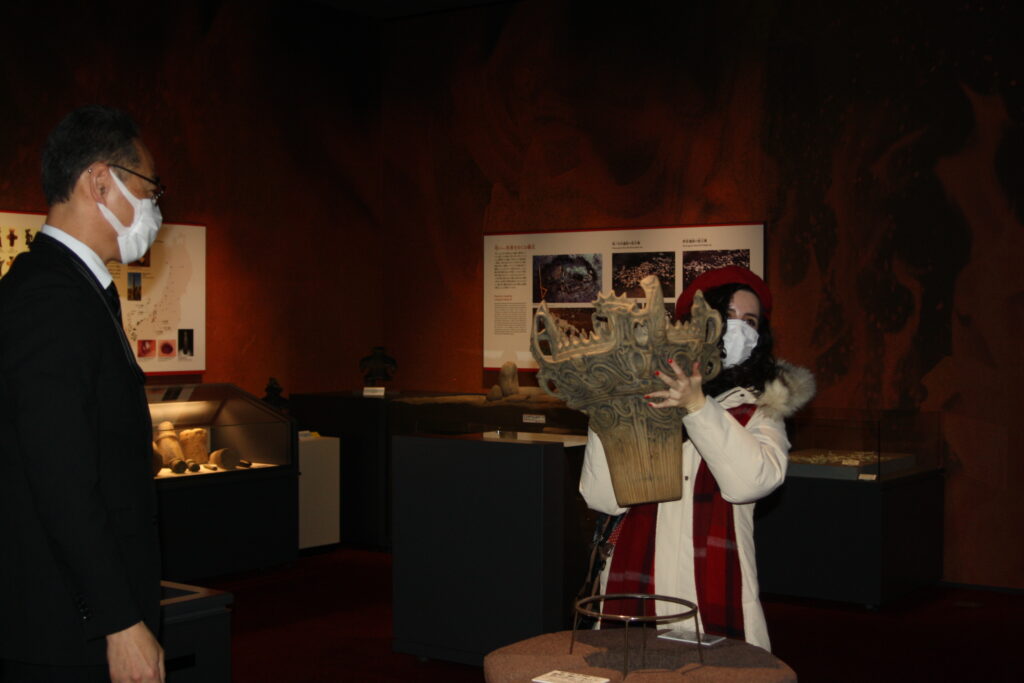
In more recent times, Jomon crafts are valued not only as important pieces of Japanese history, but are now recognized as works of art: notably Kaengata “flameware” pottery. As some of the best examples of Kaengata were unearthed in Tokamachi and nearby Tsunan, there exist Jomon artifacts in museums all over YUKIGUNI, such as the recently renovated Tokamachi City Museum Toppaku, and of course, at Tsunan’s Najomon Museum. Though it would be ideal to see Jomon artwork in their natural habitat, there have been Jomon exhibits in museums all over the world including exhibitions at the British Museum and the Japan Cultural institute in Paris!
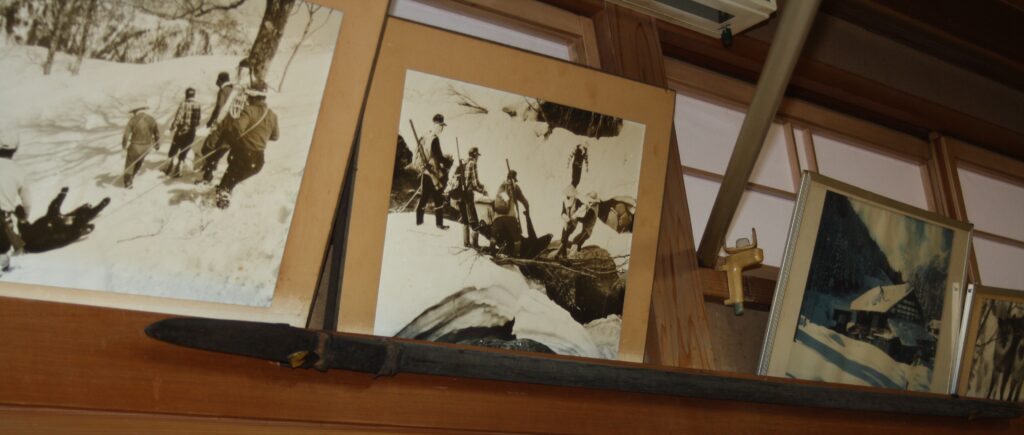
A part of our culture here is not only coexisting with harsh nature, but also the local wildlife. YUKIGUNI is the southernmost point in Japan where you can find Matagi. The Matagi are nomadic hunters who may have existed in Japan for as long as one thousand years! Approximately 400 years ago, some of them left their usual ranges to settle around Nagano Prefecture, including Akiyama-go and the village of Sakae. In Akiyama-go, the Matagi put down roots, and some Matagi even opened accommodation called minshuku. Many of these are great places to stay and learn about Matagi, from real Matagi themselves!
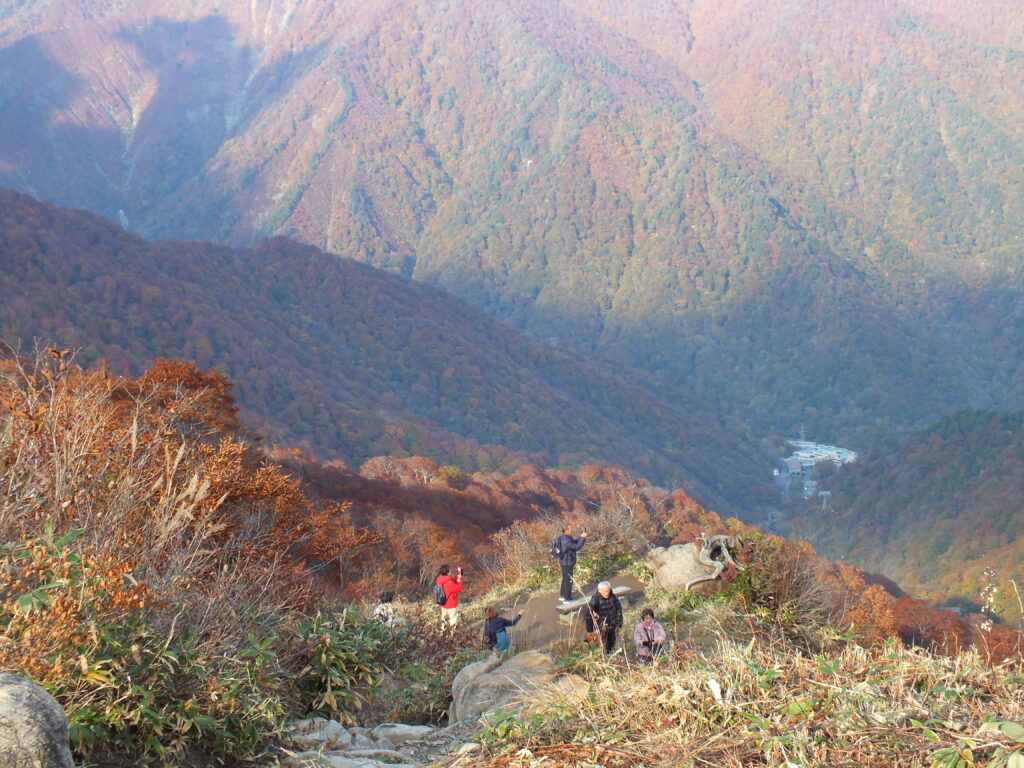
See the future of travel in Japan
The future of tourism in Japan can also be experienced in YUKIGUNI, not only as a winter destination, but the birthplace of the domestic adventure tourism industry. Minakami has been at the forefront of the adventure tourism industry not only within YUKIGUNI, but all of Japan. It has been estimated by writers at the Japan Times that Minakami sees approximately 2 million warm-weather visitors each year for canyoning, rafting, or even bungee jumping.
Still, as (real, not artificial) snow is our lifeblood, we have been hard at work figuring out how to make tourism sustainable and eco-friendly here in order to maintain this delicate ecosystem. Geothermal power has been in the news lately, as people look to nature areas to supply green energy. Matsunoyama Onsen has ambitious plans to supply power using their special onsen water! In the future we hope all of our eco lodges can be as self-sustaining as possible.
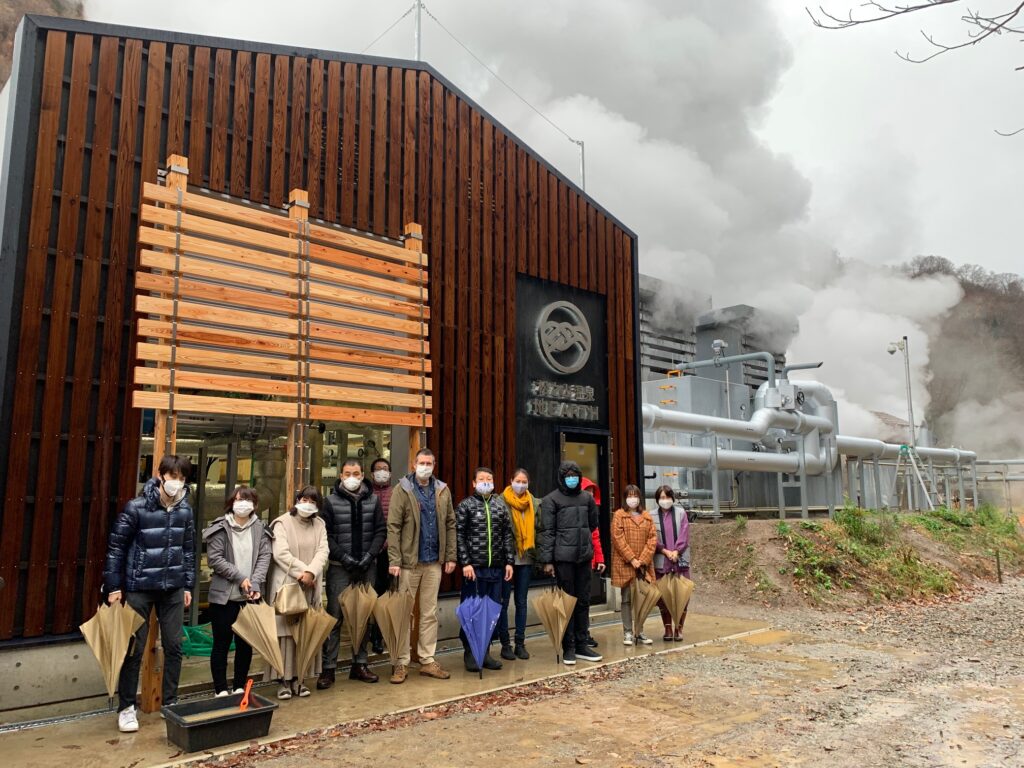
More broadly, we also aim to continue to live in harmony with nature, and foster appreciation for it throughout the year. In YUKIGUNI there are over 300 km of hiking trails- from mountain passes to old thoroughfares that frequently pass by hot springs, shrines, and more. The local organization Snow Country Trails have been collaborating with locals to promote and maintain these trails, and now seek to open them up to travelers. It is our goal here to make sure that our culture isn’t just a thing of the past, but something that can continue on for another 100 years, or longer!
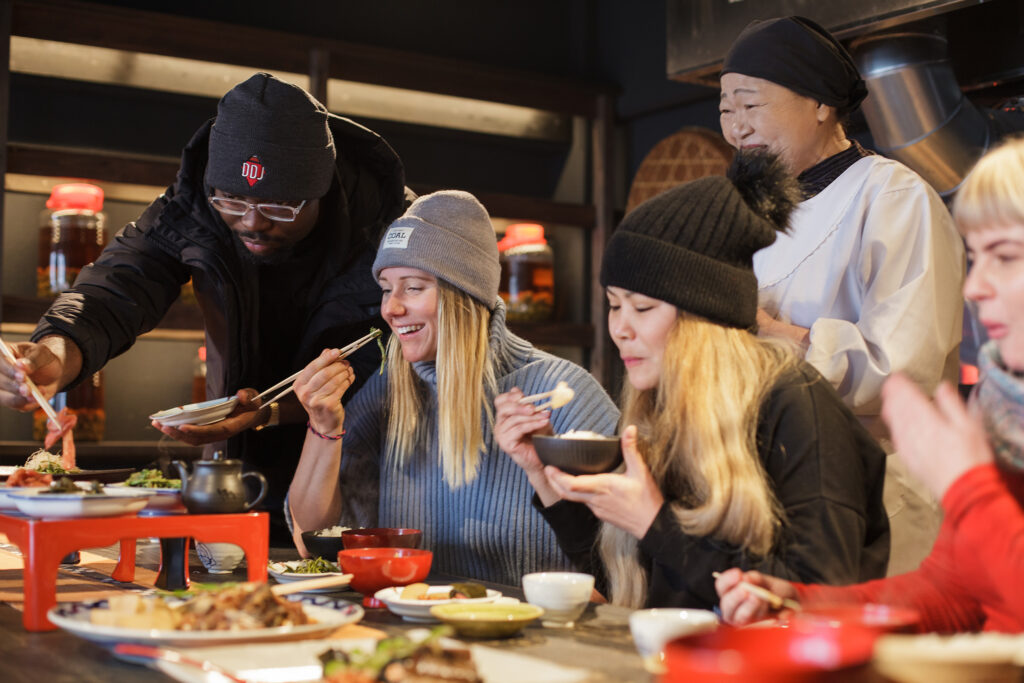
A tour in Snow Country is much more than just “seeing”!
By taking one of our tours, such as the Discovering Yukiguni Tour, you can not only learn about many of these things firsthand, but experience it for yourself! Highlights include visits to kimono workshops and sake breweries, cooking classes with locals, and guided nature tours!
Here’s how to customize a unique tour plan just for you:
Step 1: Get in Touch
Wondering where to stay or what unique tours to try? Just drop us a message! We’re here to answer any questions and help you feel at ease.
Step 2: Let’s Plan Together
We’ll chat about your style, budget, and travel dates to create a personalized itinerary that’s perfect for you.
Step 3: Confirm & Explore
Once you love the plan, we’ll finalize the details. Then, all that’s left is to set off on an unforgettable Snow Country adventure customized just for you!

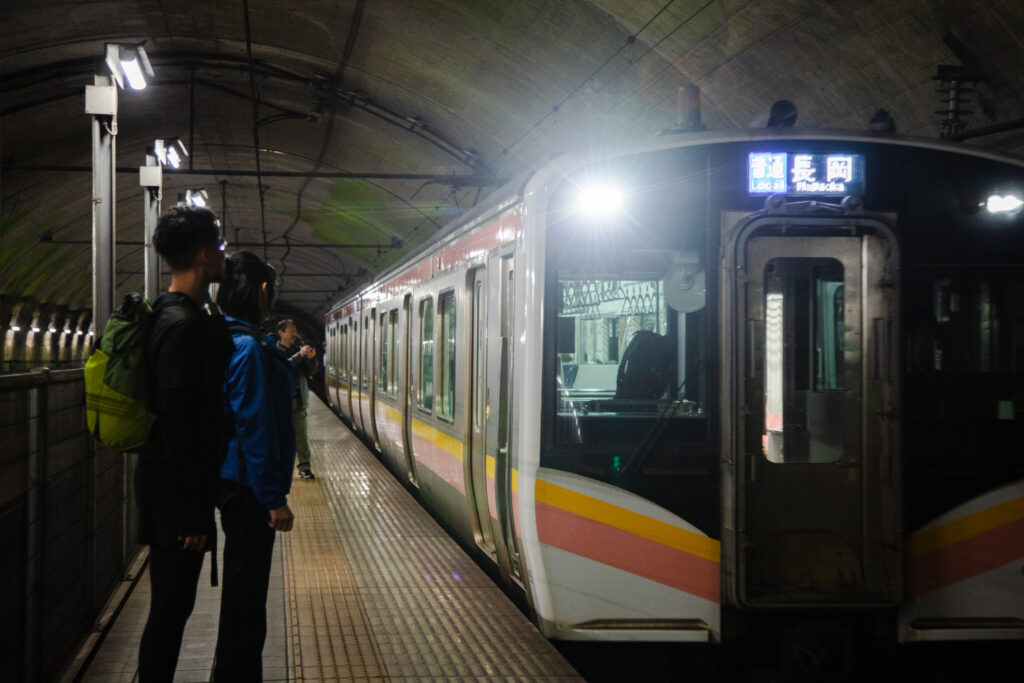
-1024x626-2.jpg)
